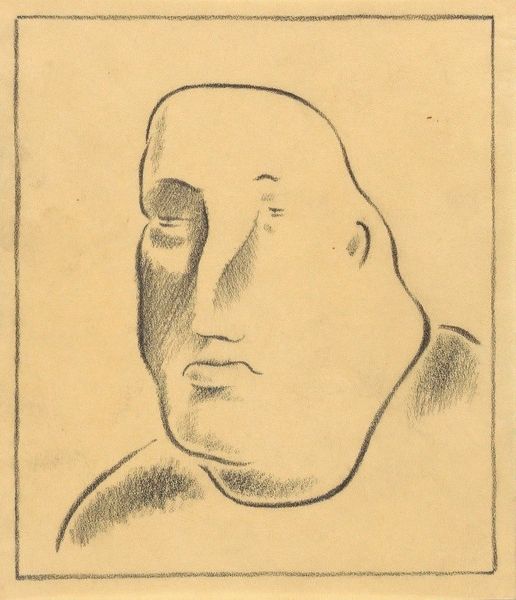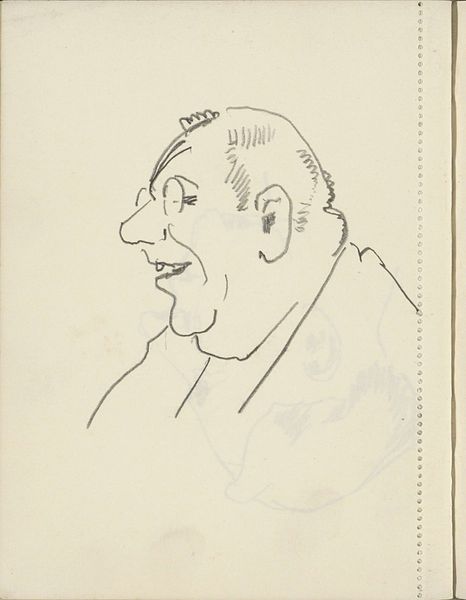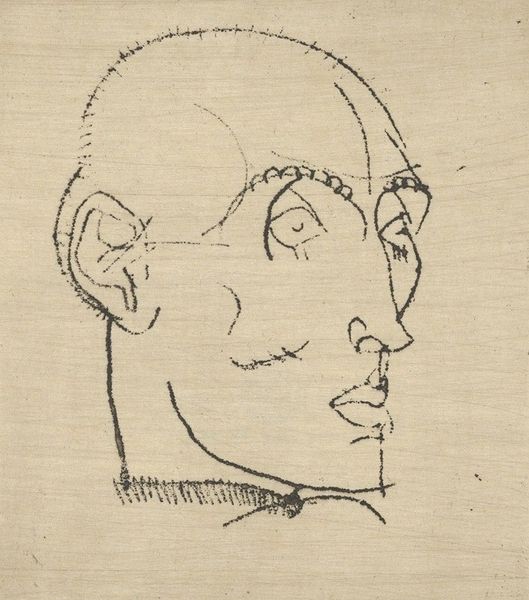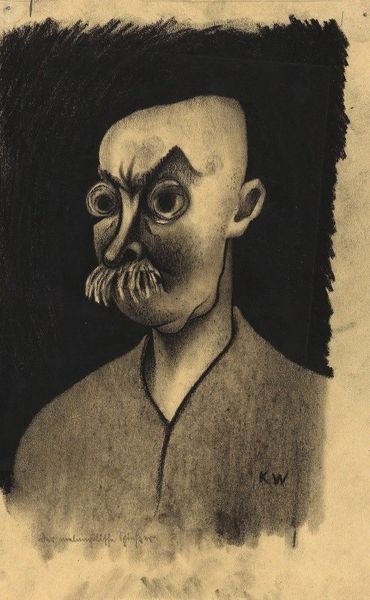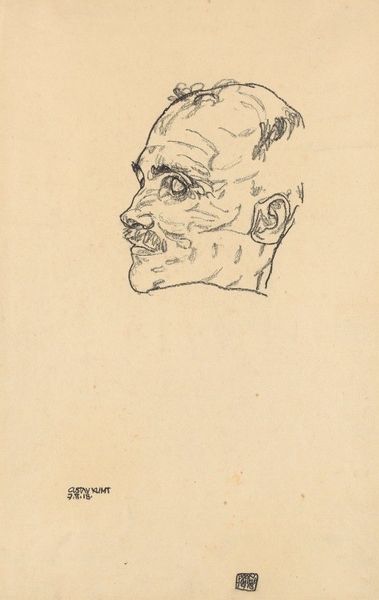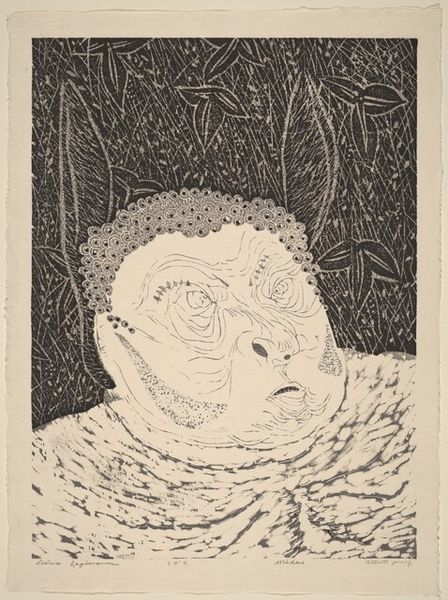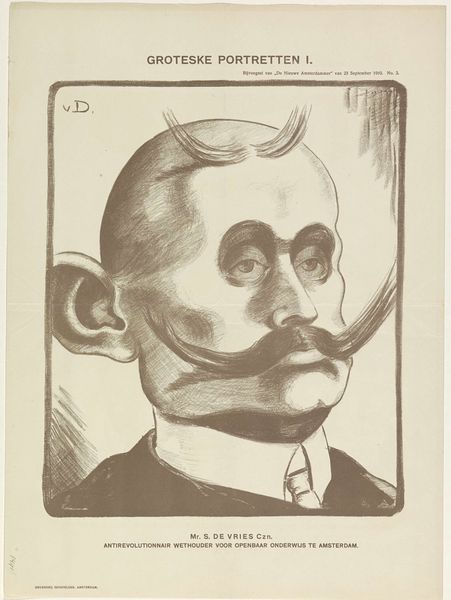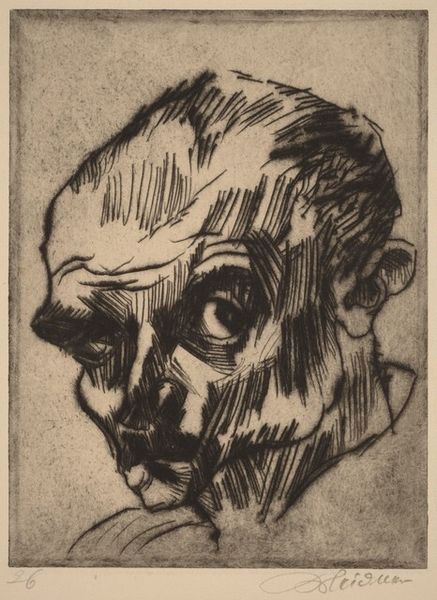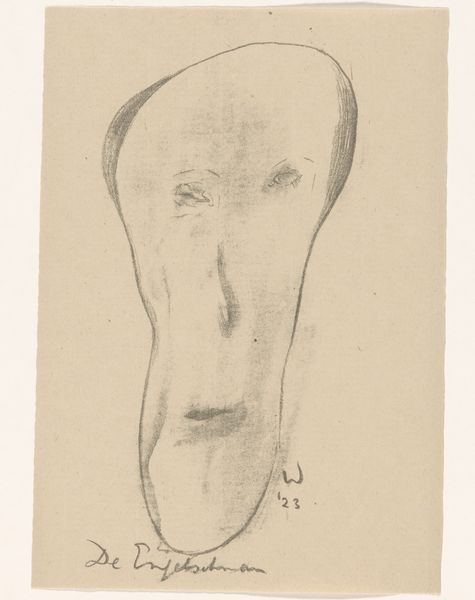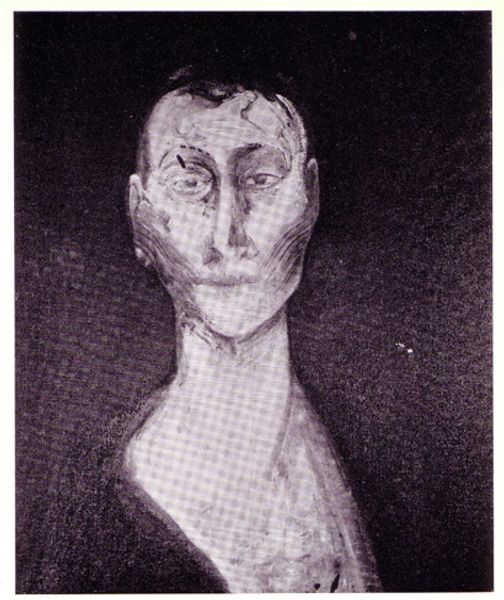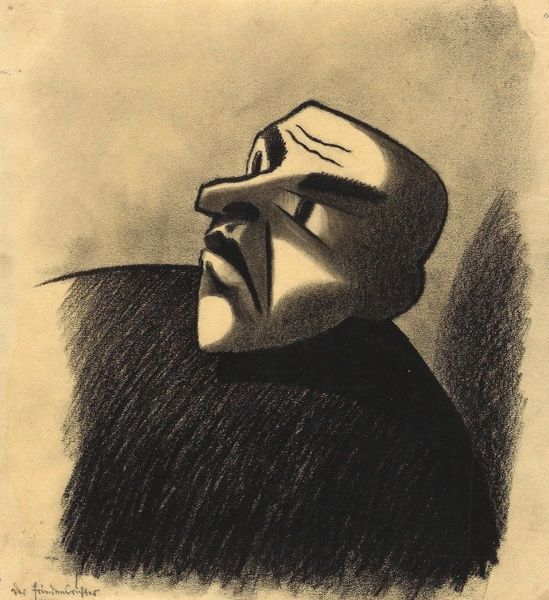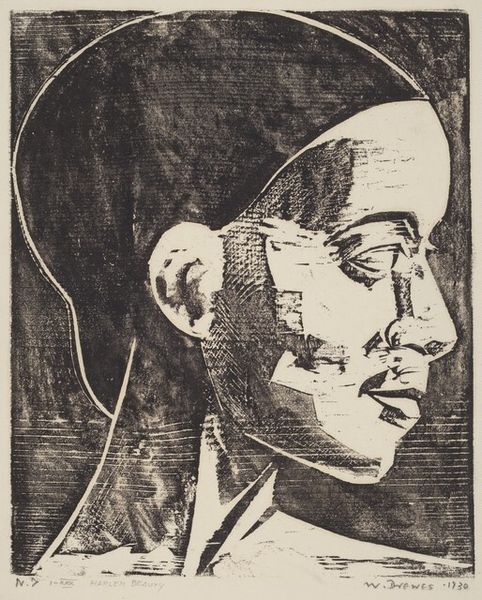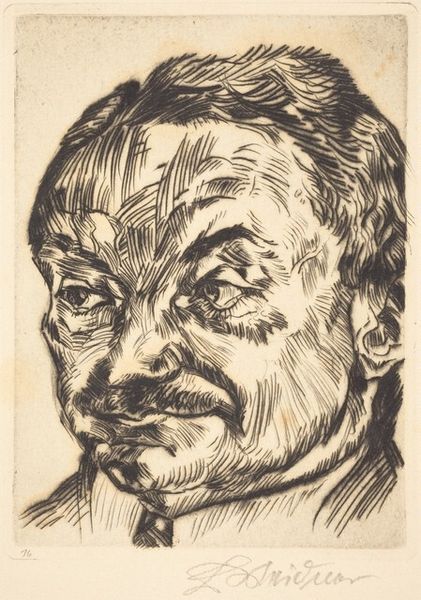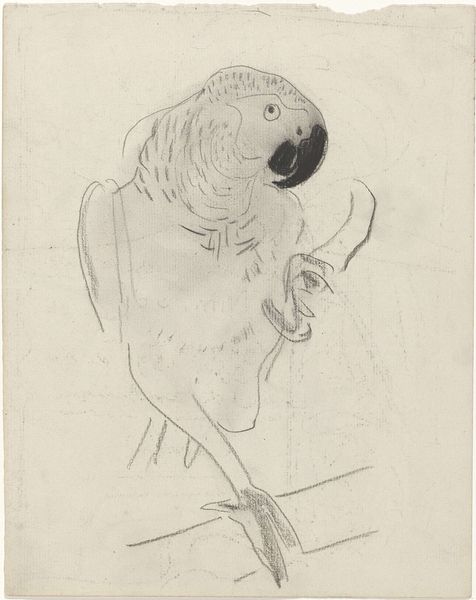
drawing
#
portrait
#
drawing
#
facial expression drawing
#
cartoon like
#
cartoon based
#
caricature
#
caricature
#
cartoon sketch
#
portrait reference
#
expressionism
#
portrait drawing
#
comic style
#
cartoon style
#
portrait art
Copyright: Public Domain: Artvee
Editor: Here we have "Spießbürger" by Karl Wiener, it looks like a drawing. There's a starkness and intensity to the cross-hatching that really draws me in. What do you see in this piece that I might be missing? Curator: Well, given the title, which roughly translates to "Philistine" or "Narrow-Minded Bourgeois," and the style resembling caricature, this piece is ripe for historical interpretation. Think about the time in which Wiener was working. What kind of social commentary might he be making about the rising middle class? What anxieties might he be expressing? Editor: So, the exaggeration isn't just stylistic; it's meant to critique social norms? The puffed-out cheeks, the heavy brow, these are symbols? Curator: Precisely! Consider Expressionism, with its roots in social critique and anti-authoritarian sentiment. This isn't just a funny drawing, it's a challenge to power structures. Do you think there might be some of that rebellious spirit at play? Editor: That's fascinating. It shifts my understanding entirely, it becomes less a simple portrait and more a loaded political statement. I had only considered the visual style before! Curator: Art is almost always made and viewed in context, which dramatically alters its impact, often solidifying art's public role and the very real politics of imagery. Editor: I will now remember the impact of social contexts on art. Thank you. Curator: An enjoyable realization, indeed!
Comments
No comments
Be the first to comment and join the conversation on the ultimate creative platform.
